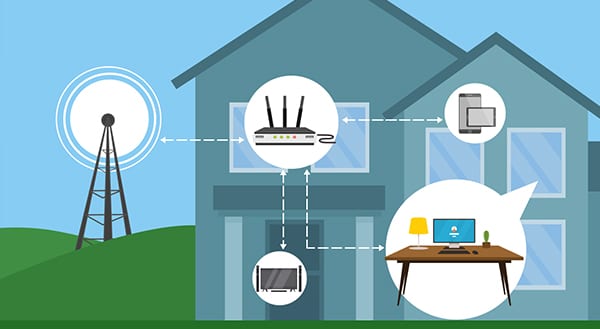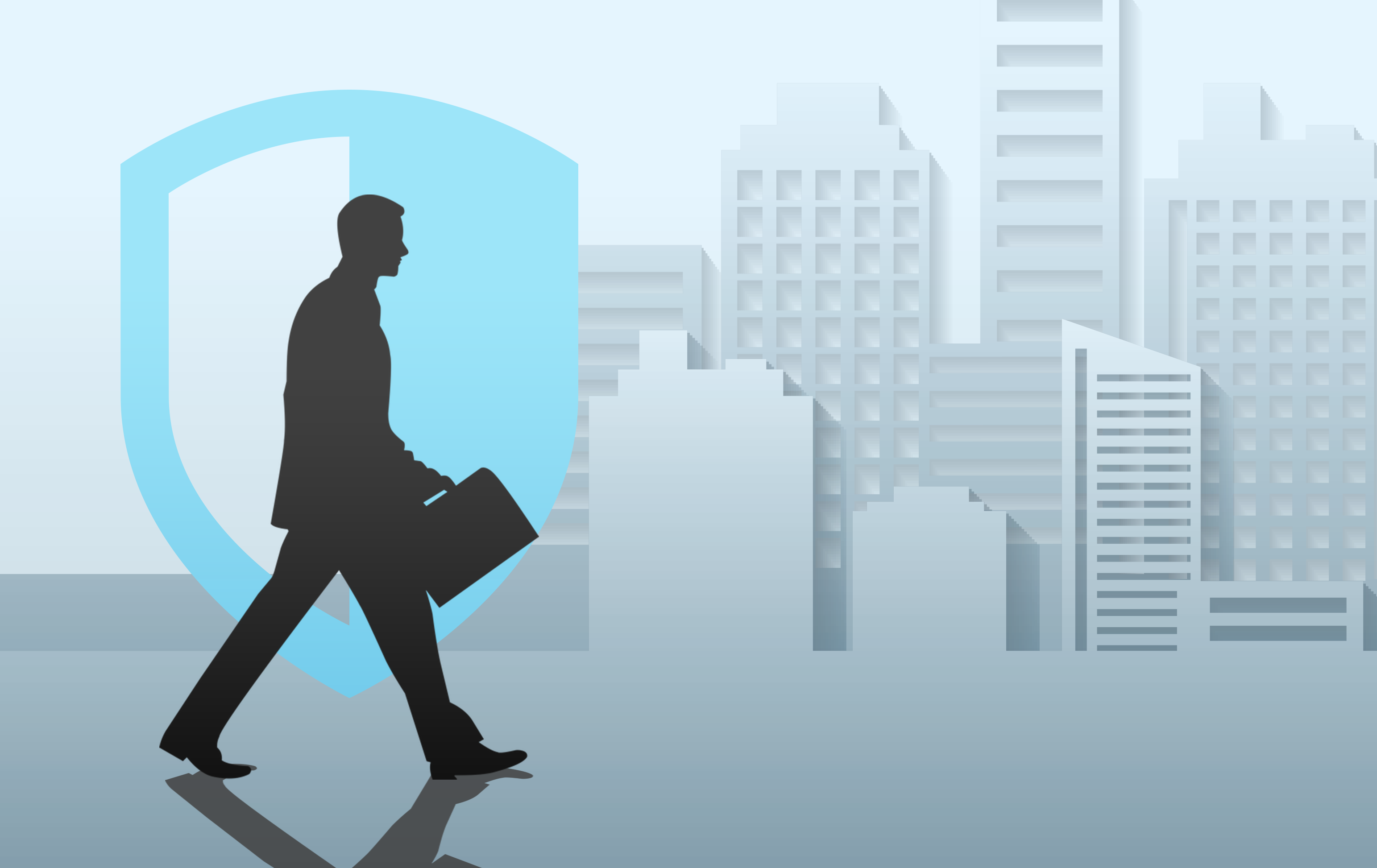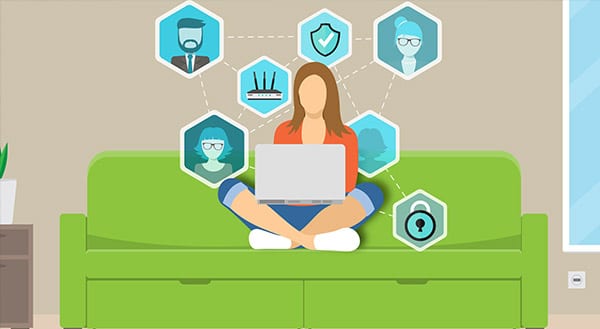
The pandemic has changed the world. More people have been pushed online in new ways, and for senior citizens this can be particularly challenging. Even registering for a COVID-19 vaccination requires going online in many countries. Plus, social gatherings and other appointments have gone virtual. Don’t add to a seniors’ social distance. Here’s how we can help seniors with their technology needs.
Think of all that has moved online in 2021:
- telehealth
- scheduling services
- service appointments
- church, club, association, and neighborhood meetings
- shopping
- selecting and reserving library books
It’s not that these things weren’t using technology before, but there were other options. Now, seniors may need to get online to take part in weddings, funerals, or baby showers. Thus, it’s essential that they have the right tools and know-how to log in and connect virtually.
Another problem? The senior is stuck at home and can’t go out to get computer help the way they might have done before. Meanwhile, family members may not yet be able to visit to help out.
How We Help Seniors with Technology
Socially distancing can have an especially negative impact on senior citizens, and factoring in a technology barrier doesn’t help. A managed service provider can help seniors tackle tech challenges. With their coaching, the senior can connect confidently and securely.
To stay in touch with family today, the senior has many online channels available. They can get on Facebook, use FaceTime on a mobile phone, start a video call on their desktop, or send an email. They also might play online games with family members, or join a watch party on a streaming service such as Amazon, Hulu, or Netflix. The list goes on and on.
All this requires technology in the home. Deciding on what kind of computer to get or upgrade to can be daunting, not to mention the challenge of setting it all up and connecting it to other devices in the home or installing a router or making sure the software is up to date and patched to lower the risk of malware or hacker attack.
Then, once the technology is installed, the learning curve doesn’t flatten out entirely.
In our digital environment, there are so many more devices to connect to one another. Maybe the printer is wireless and connects to the phone, or the router provided by the cable service isn’t giving a good enough signal throughout the house. A residential IT expert can help with that, too.
Our IT team can also suggest software solutions to make life easier for seniors online. We can recommend ways to integrate all the technology to simplify the environment. We know about changing default passwords for cybersecurity, and we can also set up password wallets. This can help forgetful seniors who might otherwise repeat access credentials across accounts.
Connect with Our Residential Support Team
You can rest assured that you or the seniors in your life have the IT help needed to stay connected. We’re able to explain, coach, and troubleshoot at any time. As we’ll get to know the technology, we can often help faster, too, plus we can do a lot of our work remotely if that makes the senior feel safer.
Some seniors fear technology. We get it. We can address concerns about going online. We will reassure with the right precautions and by setting up a secure system. Our experienced techs are always happy to help. Contact us today at (515)422-1995!








